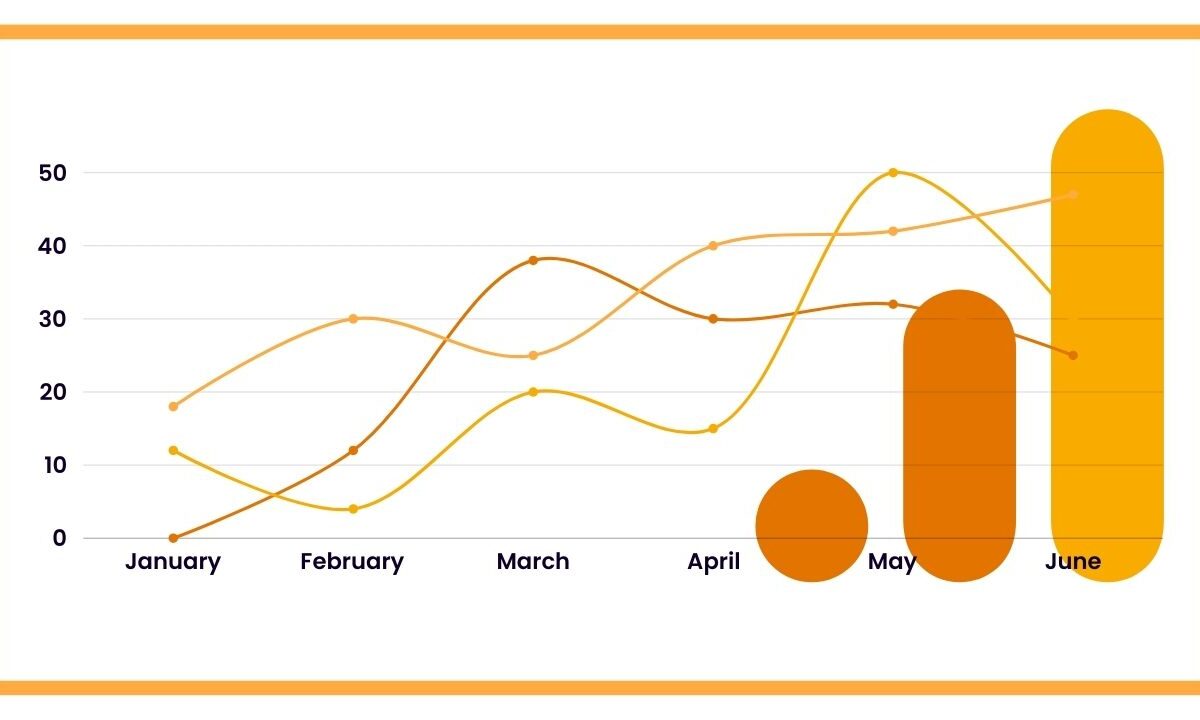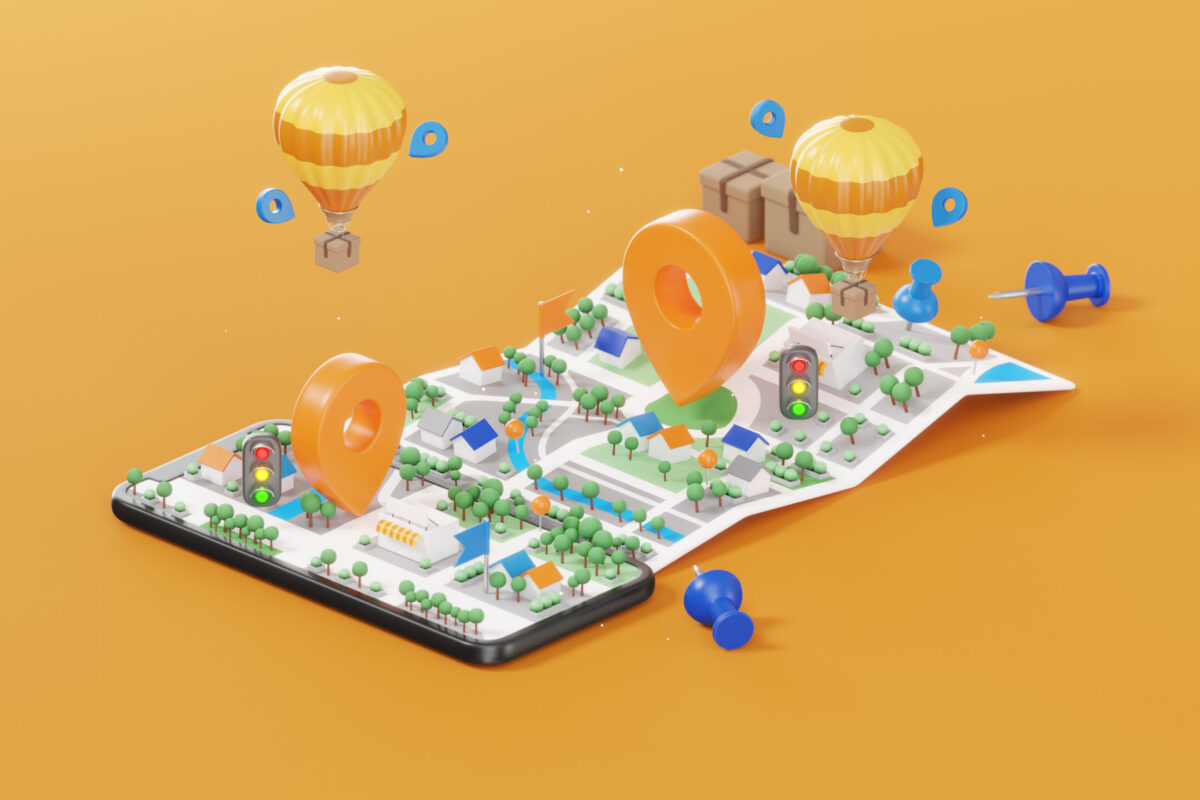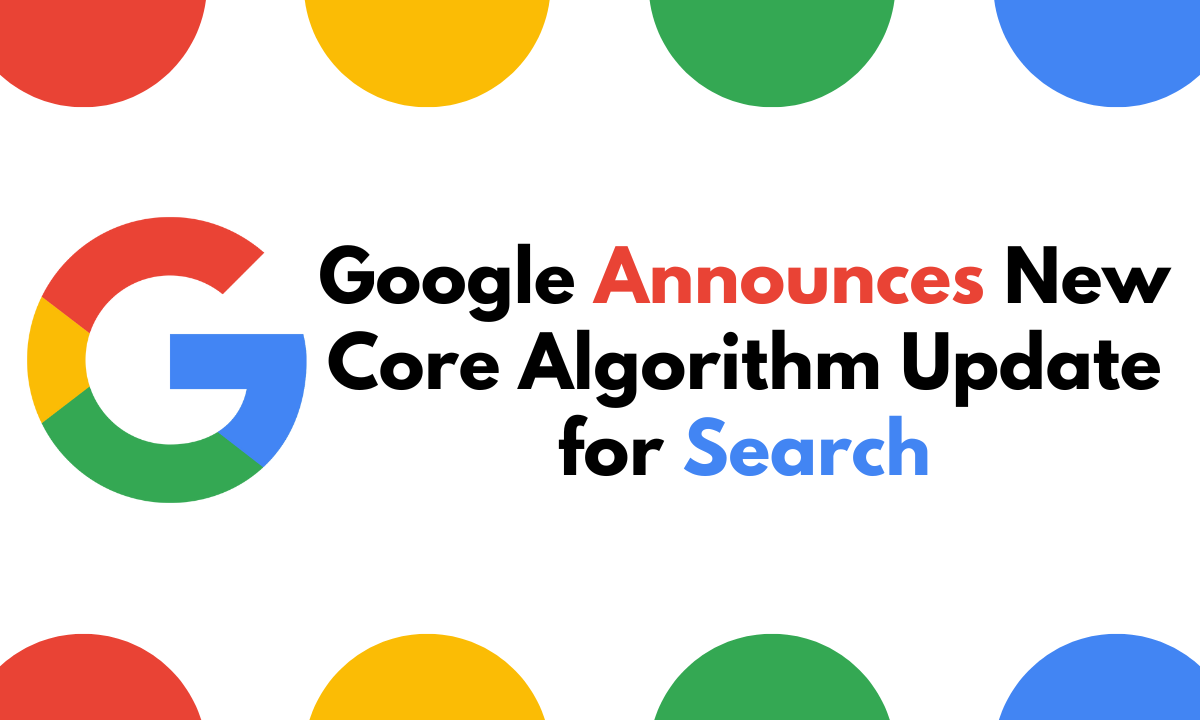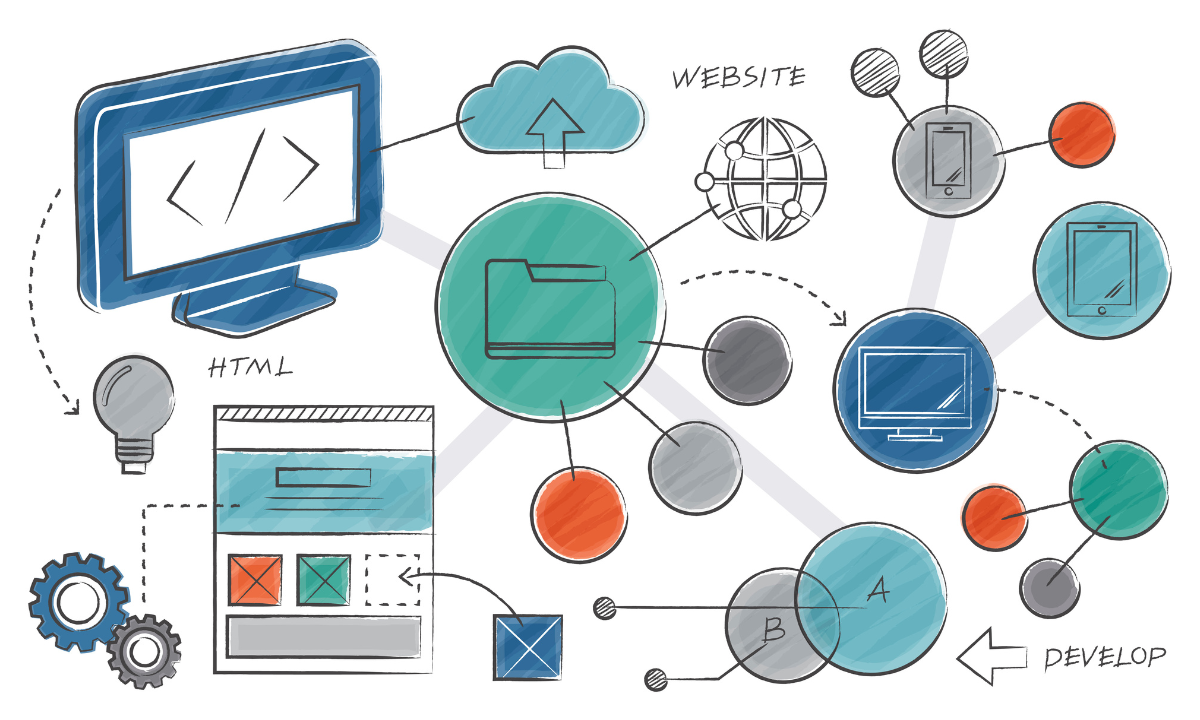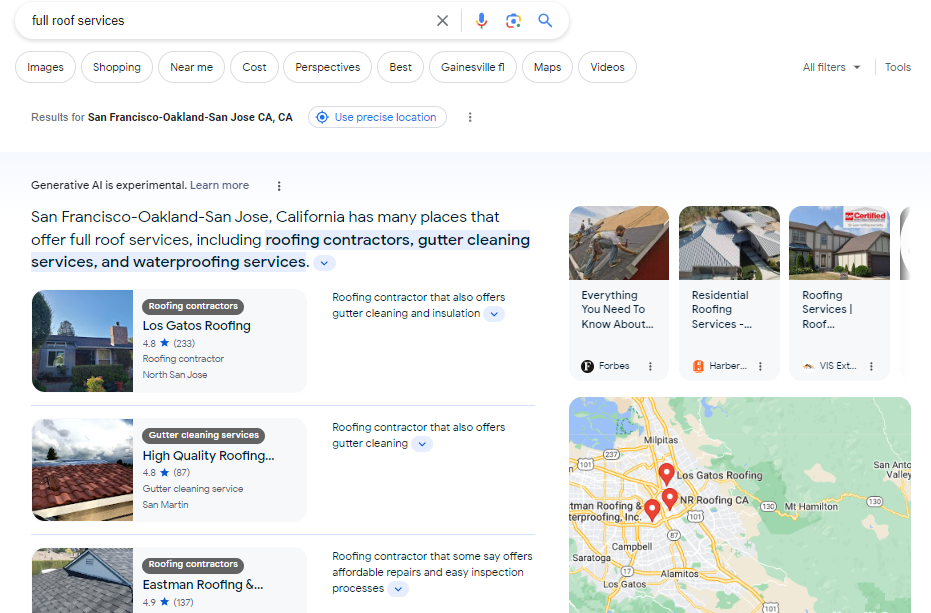Originally published on LinkedIn.
In today’s digital age, having a strong online presence is no longer enough. To effectively reach new customers and achieve your business goals, you need targeted advertising strategies. But with a vast array of advertising platforms available, choosing the right one can feel like navigating a complex digital maze.
This guide will break down some of the top platforms in 2024, explaining their unique strengths and helping you decide which ones best align with your business needs.
Understanding Your Audience: The Foundation for Success
Before diving into specific platforms, take a step back and consider your target audience. Who are you trying to reach? What are their demographics, interests, and online behavior? Knowing this will be the foundation for selecting the most effective advertising platforms.
Top Advertising Platforms and Their Advantages
Google Ads
The undisputed leader in search engine advertising, Google Ads allows you to place targeted text, image, and video ads directly on Google Search Engine Results Pages (SERPs). Here’s the magic: you only pay when someone clicks on your ad (PPC – pay-per-click). This makes Google Ads ideal for reaching users who are actively searching for products or services related to yours, making them highly likely to convert into paying customers.
Bing Ads
Similar to Google Ads, Bing Ads lets you target users on the Microsoft Bing search engine. It’s a great option if your target audience utilizes Bing or a mix of search engines. This platform offers many of the same features as Google Ads, including keyword targeting, ad formats, and detailed analytics.
LinkedIn Ads
The go-to platform for B2B (business-to-business) marketing, LinkedIn Ads boasts highly targeted options based on job titles, industries, and company sizes. Imagine reaching marketing directors at Fortune 500 companies or software engineers with specific skillsets. With LinkedIn Ads, you can tailor your message to resonate with your ideal business decision-makers.
YouTube Ads
With billions of users consuming video content daily, YouTube Ads offer a powerful way to reach a broad audience. You can create engaging video ads in various formats, from short skippable ads to longer in-stream videos. YouTube Ads are perfect for showcasing your products, services, or brand story in a dynamic and memorable way.
Facebook Ads
Still a social media giant, Facebook Ads offers unparalleled targeting capabilities. You can reach users based on demographics, interests, behaviors, and even life events. Imagine targeting expecting parents with ads for baby products or fitness enthusiasts with promotions on your new workout gear. Facebook Ads allow you to get super specific with your targeting, maximizing your reach to the most receptive audience.
Instagram Ads
A haven for visual storytelling, Instagram Ads are ideal for businesses with strong visual content. This platform thrives on eye-catching images and captivating videos. If you’re in the fashion industry, showcase your latest styles. Do you sell handcrafted furniture? Share stunning photos that capture the essence of your products. Instagram Ads are perfect for grabbing attention and driving engagement.
TikTok Ads
The new kid on the block, TikTok Ads is exploding in popularity. This platform allows you to reach a younger, highly engaged audience through short-form video ads. With its focus on fun, creative content, TikTok Ads are a great way to generate brand awareness and connect with Gen Z audiences.
Choosing the Right Platform(s) for You
There’s no single “best” advertising platform. The best choice depends on your specific business, target audience, and advertising goals. Consider these factors:
- Budget: Some platforms, like Google Ads and Facebook Ads, can be very cost-effective with minimum spending requirements. Others may require a larger investment upfront.
- Target Audience: Match your platform choice to where your ideal customers spend their time online. Are they avid social media users? Regular YouTube viewers? Understanding their online habits is key.
- Campaign Goals: Are you looking to drive website traffic, generate leads, or increase brand awareness? Different platforms cater to different goals. For brand awareness, consider social media ads.
Getting Started with Online Advertising: A Few Tips
Many platforms offer user-friendly interfaces and tutorials to help you get started. Here are some additional tips for success:
- Set Clear Goals: Define what success looks like for your advertising campaign before you begin. Are you aiming for website visits, sales, or increased brand mentions?
- Start Small and Scale Up: Don’t overwhelm yourself. Begin with a small budget and experiment with different ad formats and targeting options. Once you find what works, gradually increase your spending.
- Track and Analyze: Use the platform’s built-in analytics tools to monitor your campaign performance and make adjustments as needed. Analyze which platforms generate the most leads or sales at the most cost-effective rate.
Use Diverse Advertising Platforms to Broaden Your Reach
The key to a successful advertising strategy lies in diversification. Don’t put all your eggs in one basket. By utilizing a combination of the platforms mentioned above, you can reach a wider audience and achieve a more impactful marketing presence.
Imagine this scenario: You run a roofing company known for its high-quality repairs and exceptional customer service. Here’s how you can leverage a diverse advertising mix to reach new customers:
- Google Ads: Target homeowners actively searching for roofing solutions by placing ads for terms like “roof repair near me,” “residential roof replacement,” or “shingle roof installation.” When a homeowner searches for these terms, your ad will appear at the top of the search results page, putting your company right in front of potential customers with immediate needs.
- Facebook Ads: Cast a wider net by targeting homeowners who might be considering a roof replacement but haven’t started actively searching yet. Utilize Facebook Ads to reach users interested in home improvement groups, local real estate pages, or even demographics indicating they recently bought a house. You can showcase compelling content like “5 Signs You Need a Roof Inspection” or highlight positive customer testimonials.
- Instagram Ads: Eye-catching visuals are key here. Showcase high-quality photos and videos of your roofing projects. Before and after pictures depicting a dramatic roof transformation can be very effective. Offer valuable content like “DIY Roof Maintenance Tips” or post informative infographics about different roofing materials. By establishing yourself as a roofing authority, you’ll capture attention and build trust with potential customers.
By combining these platforms, you can reach homeowners at various stages in their roofing journey. Some users on Google Ads might be ready to call for repairs today, while those on Facebook Ads might be in the information-gathering stage. Instagram Ads allow you to connect with homeowners visually and establish yourself as a local roofing expert. This multi-platform approach ensures you’re present wherever potential customers are searching for roofing services.
The Sociosquares Advantage
While this guide equips you with valuable insights into popular advertising platforms, navigating the complexities of online advertising can be challenging. Here at Sociosquares, we offer a comprehensive suite of digital marketing solutions, including expert assistance with paid media campaigns.
Our team of specialists can help you develop a data-driven advertising strategy that leverages the strengths of various platforms to achieve your specific business goals. Whether you’re looking for increased website traffic, lead generation, or brand awareness, Sociosquares can help you create and manage targeted advertising campaigns that deliver measurable results.
Conclusion
In today’s dynamic digital landscape, a successful advertising strategy requires a targeted and multi-platform approach. By understanding your audience, exploring the strengths of each platform, and utilizing a diverse advertising mix, you can reach new customers, achieve your business goals, and propel your brand to new heights. If you’re looking for expert guidance and support in navigating the world of online advertising, feel free to Contact Us. We’re here to help your business thrive in the digital age.

